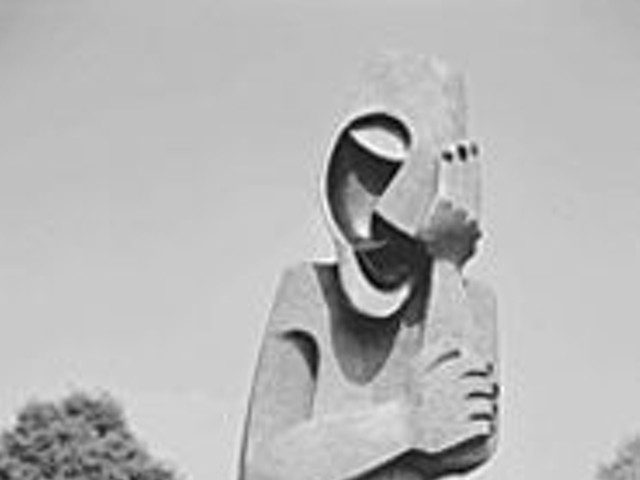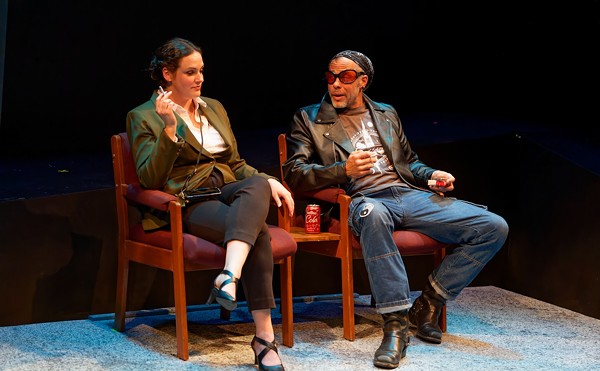Yet a traveling exhibit pulling into the St. Louis Art Museum, Pop Impressions Europe/USA: Prints and Multiples from the Museum of Modern Art, serves to remind us that the era of pop art was not all fun and games.
Between 1960 and 1970, pop art turned the art world upside down, says Olivia Lahs-Gonzales, assistant curator of prints, drawings and photographs at the museum: "The pop artists were reacting to pop culture, which became so prevalent after the war because of the economic boom and the fact that there were more and more consumer items being produced and, consequently, more advertisements, so people were being bombarded with consumer images." At the dawn of the plastic age, shoving plastic culture back into the public's face as art, as in Warhol's case, was an act of defiance.
Pop art also gave the middle finger to the art trend that was au courant. "Postwar, you have the abstract expressionists, like [Jackson] Pollock, [Franz] Kline and [Willem] de Kooning, who really dominated the market, dominated people's thinking about what art was at the time," says Lahs-Gonzales. "Some of the pop artists felt that abstract expressionism was very inward-looking, very elitist. They wanted to shake it up and kind of throw out the tradition and have a voice of their own, and so they started looking at popular culture. There was a great debate among art critics of the time where pop art was felt to be vulgar; the abstract expressionists thought that their world was coming to an end. It was a great upheaval."
Upheaval is right. Pop art was defiant, new and, perhaps most important, cheap. The rising popularity of inexpensive, widely available prints sent a chill through the hearts of established art dealers. "That was one of Warhol's goals, to disseminate the art to a wider public, and that's the beauty of the print, because you're able to make multiples, and they're more affordable," adds the curator. "That allowed galleries to spring up all over the place, too, and there was a huge boom in the art world."
The exhibit isn't all tomato soup and comic books, naturally. Amid the great diversity of artists and works included, viewers will be pleased to check out many European pop artists with whom they probably aren't familiar.
On the American side, people will dig art that's playful, political, erotic and satiric by such heavyweights as Jasper Johns, Robert Rauschenberg, James Rosenquist, Ed Ruscha, Jim Dine and Tom Wesselmann.
Yes, many viewers will flashback to a time when bell-bottoms, AMC Gremlins and macramé were hip. They should, however, take away something deeper than flashy colors and fun posters. In the words of Lahs-Gonzales, "I think it [pop art] holds its own much better than macramé does."





